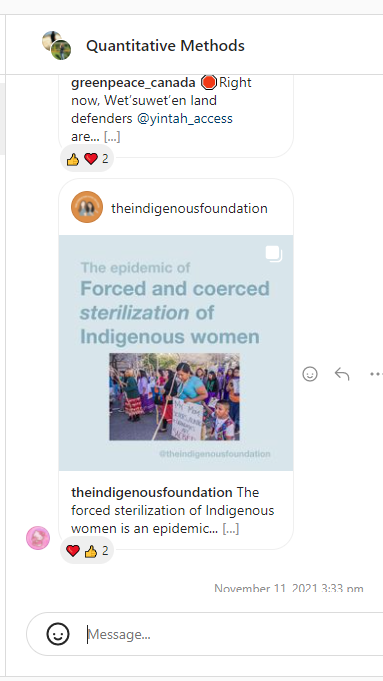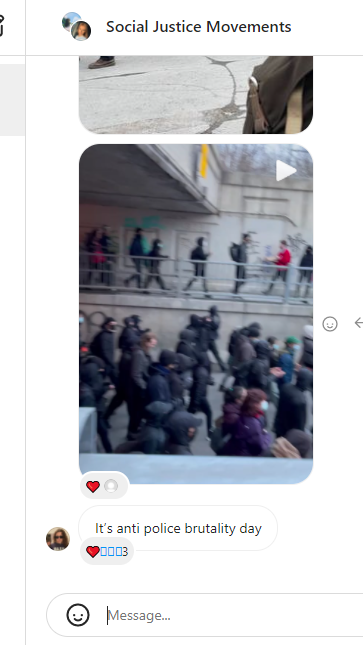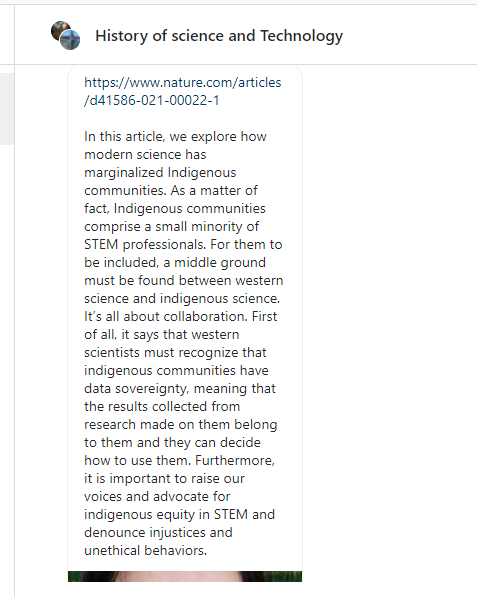Lander, Ben
Bio
I have been teaching in the History Department since 2010. My main interests as a teacher are two fold, on the one hand I am interested in issues of social justice and want students to have a chance to learn about aspects of History that aren’t covered in government mandated curricular, particularly the presence, oppression and resistance of Indigenous, Black, and other communities of color in Canada. I am also interested in diminishing the power of the teacher within the classroom and giving students space and agency to learn about topics that interest them and in manners that suit their learning style. These concerns shaped my engagement with the E-learning community of practice and led me to investigate social media as a form of student-centered social justice education.
Description
In the article “A New Pedagogy Is Emerging… and Online Learning Is a Key Contributing Factor” the author/s point to several elements that they argue are contributing to the development of new pedagogical approaches and methods. I was drawn to a few of these because they relate to practices that I have been working on without the use of technology. These include building communities of learners that emphasize the connections between students and reduce the power dynamic of the student-teacher relationship, encouraging student independence and choice in subject matter and readings and encouraging students to see their interests and their information resources as academically important. Another aspect of the article that interested me was the idea of using technology to encourage students to remain connected to the learning material in between classes, which could connect to both the strengthening of community and the idea of allowing students to participate asynchronously.
I thought of using social media to address many of these ideas because it exists on their phones and students love their phones at least as much as we do and have them with them all the time. Students also already create group chats within classes to communicate, share notes, etc. so I assumed that this would be familiar to them, and they could show me how to set things up.
Portfolio
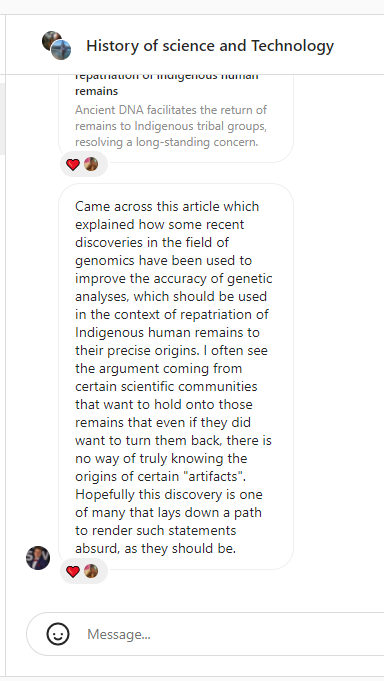
Social media can be a component of community building between students and between students and the teacher, it places the teacher on the same level as the students. A further benefit is that there are so many high-level conversations going on all the time on social media. Tapping into these might enable students to make choices about what they wanted to learn, see social media as more than a space for amusement, be engaged in contemporary issues, to witness and potentially participate in conversations and thought production among practitioners in different fields, and to supplement their learning with material in many different formats (video, sound, image, text, etc.) that perhaps speak to them better than the material their teachers provide.
I decided to run some tests in the Fall term of 2021 knowing full well that failure in some or all of them was highly likely. I surveyed 4 classes of students and they told me that they used Instagram more than other social media platforms so that decision was made. We discussed different ways that we might share material with each other, including creating a new account or creating a group chat. Different classes proposed different ideas so I followed their lead. One class wanted to form groups of students who would work together to post material on a single shared account, another class wanted to create a group account where the responsibility of posting/curating would be passed around and in two cases they wanted to set up a group chat where students posted from their individual accounts.
In the first two cases, the project flopped and we let it die because it just was not working. This was possibly due to the class dynamics or me not figuring things out, but some things stood out. In terms of sharing a common account among members of the group, there were too many logistical hurdles in terms of how we would coordinate who was controlling the account, to sharing account login info etc., which overwhelmed both the students and myself. As for the idea of students working in groups to post to a common account, again there were some logistical hurdles but the problem seemed to be the weakness of all group work, too much inertia/buck-passing/procrastination or whatever meant that groups never posted. In the end, it made sense that using a group chat where students would post from their own accounts would work best. Social media is meant to facilitate interactions between individuals, not between groups. Students were already used to using this function of the app and most were already in group chats with their classmates and so were comfortable with it. I also found the group chat easy to use, and although there was a learning curve, eventually it became easy to engage with the group.
I have now used Instagram group chats in 4 different classes and in each of them it has been a useful addition to the course in that students have engaged in extensive resource sharing and peer-peer interactions. I have mostly used it as a media sharing platform where students are encouraged to find and post media based upon either the topic of the week or media related to a project they are working on. The vast majority of students find great, on-topic resources ranging from memes to news stories to articles in scientific journals. Depending on the class, students might also provide summaries of the articles they post. While there are regular comments on the chat both from myself and from students the chat has only rarely been used as a space for conversation. I expect that it would work well for that, but I feel that would require a more active monitoring and engagement with the group chat than I have allotted to it and I kind of wanted it to operate asynchronously in between classes so students would be able to maintain some connection to the course in between classes instead of being the focus of a particular course. That said, in-class conversations would often refer to posts on the group chat and I made it a point to acknowledge them as often as I could.
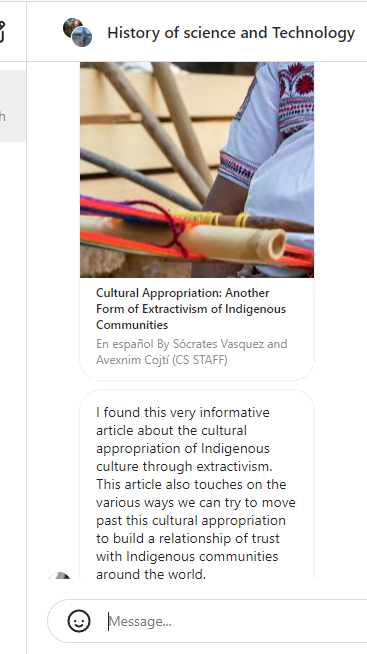
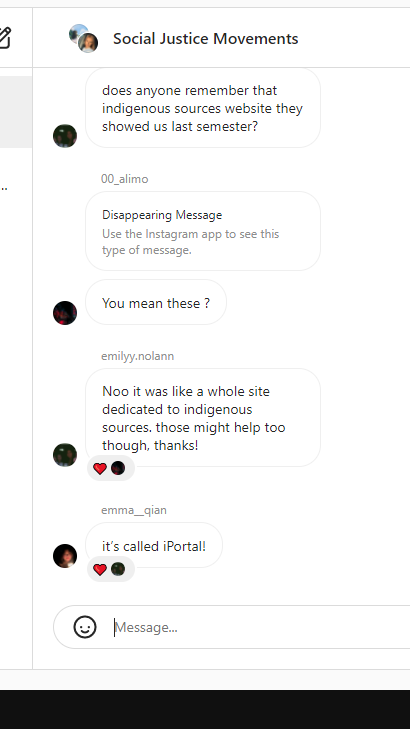
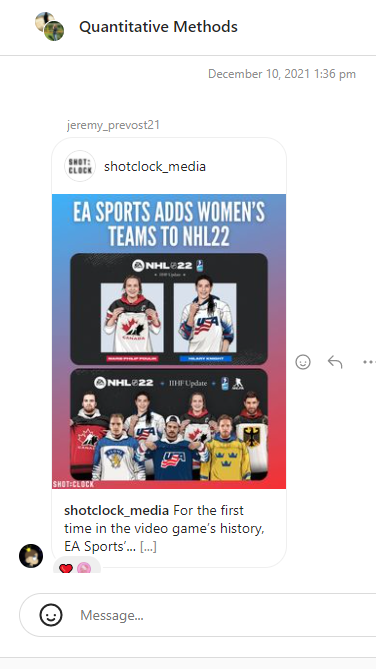
Here are some of the things I have learned about group chats on Instagram.
MAJOR BARRIER – group chats on Instagram are limited to 32 individuals.
Tips – You can easily create multiple Instagram accounts (one for each class) and toggle between them, which also enables you to maintain some privacy from personal accounts.
- There was a learning curve to moving content from one media platform (like Twitter or CBC) to Instagram.
- Students seem not to care about privacy. Very few of them made new accounts.
- There are a number of ethical issues to deal with when engaging students on social media. While most students had public accounts, I made it a matter of ethics not to intrude on their lives by following them, even if the account I was using was for the class and even if they followed me. We had conversations in class about this topic, so they were aware of how I was thinking about things. It felt important to me that I maintained a barrier between students’ lives and mine even if students did not seem to care. Social media relationships allow for an aspect of voyeurism, which is surely not healthy in any relationship, and particularly one where a power imbalance is so clear. Basically, I thought it would be creepy to look through my students’ posts. In the future I plan to formalize social media relations in my course outline as well as in conversation with the students.
- All the students made posts that connected to the course content, many posted several times a week. While it was hard to track interactions with the posts, many students added hearts or other emoji’s to posts and you could look at the most recent post to see who had seen it. When I posted some students would look at it almost instantly.
- For the first few months of the term, I really enjoyed the group chat and posted often. I found myself looking for content and looking at Instagram in the evening and on weekends, times I do not usually work. This was mostly positive, but I did find that I burnt out a bit towards the middle of term. It’s hard to say whether this happened at the time I normally burn out anyway, or whether participating on Instagram exacerbated that.
- It seemed important for me to set the tempo of posting early on. In the first few weeks of the term I posted often and commented or added emoji’s to every student post.
- Overall I thought it added a lot to the course. Students brought in great material and were exposed to a lot more material than they normally would be. I’ll definitely use it again in future classes. In future iterations I’d like to think about ways that Instagram could be a site for final projects, potentially through infographics and accompanying text and citations in a class like Quantitative Methods.
